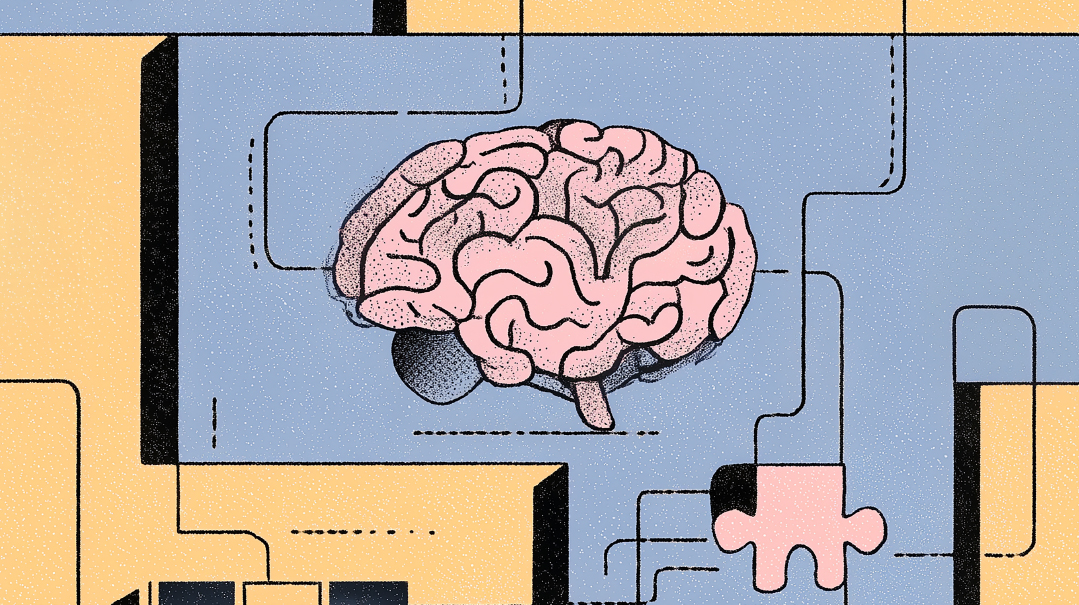Falling Short
| July 2, 2024Growth hormone shots are increasingly touted as the solution — but is it worth giving them a shot?

I gaze at my tiny five-year-old son, who’s sporting a deep frown on his face, and I know we’re in for one of those conversations, where I need to pull out all my mom-wisdom without thinking about everything I still need to accomplish.
“Why does it bother you?” I ask gently.
“Everyone was looking at my boots and saying how little and cute they are!” He spits the words out. “And Binyamin said I’m too small for first grade.” A pause. “Am I?”
My stomach is tight as I soothe my little boy. It doesn’t help that his almost-two-years-younger brother is exactly his height. I can’t count how many times I’ve received compliments on my adorable “twins,” only to watch my son’s face darken.
But this conversation finally pushed me to speak to the pediatrician, seek the help of a pediatric endocrinologist, and start down the sometimes difficult, often misunderstood, path of using growth hormone treatment to help him grow.
Permission to Grow
Growing, or a lack thereof, isn’t simply cosmetic. An unusually short stature could indicate a serious medical issue or a more benign but still problematic human growth hormone (hGH) deficiency.
“When our pediatrician saw that my son hadn’t grown for an entire year, he was alarmed,” Leah explains. “He sent us to a pediatric endocrinologist, who did a series of tests.”
After checking for conditions that can cause a failure to grow, such as heart problems, a thyroid issue, kidney disease, or celiac disease, the endocrinologist looked at the family history (are there any height-related problems in first-degree relatives?) and did a quick physical exam. He also took bone X-rays and a more detailed CT scan to see if her son’s chronological age matched his bone age, common when there’s a deficiency of hGH, since when there’s less growth hormone, bones don’t grow as well. A blood test also measured the insulin-like growth factor in the blood, a hormone that helps human growth hormone (hGH) work properly.
“After all those initial tests, my son also had to take a growth hormone stimulation test,” Leah explains. This is when the doctor gives the patient a medicine that should help the body produce a lot of hGH. “A nurse came to draw his blood a few times to check his hGH levels, since the levels often change.”
If any of the blood test results show low hGH levels despite the growth hormone stimulation medication, this indicates a real deficiency.
“The results were completely unexpected,” Leah remembers. “My son had no growth hormone at all. It was a shock.”
Oops! We could not locate your form.







